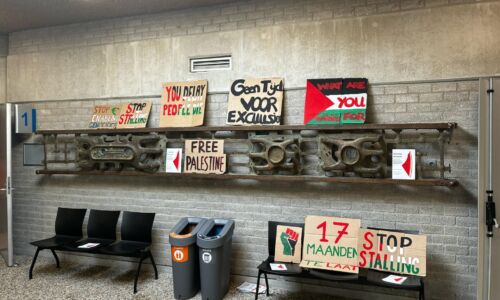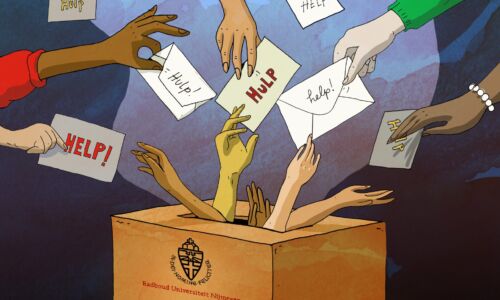-
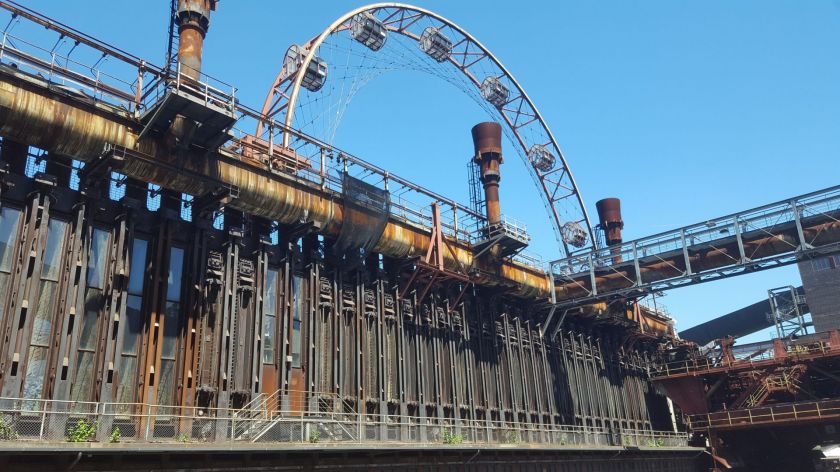 Oude steenkolenmijn in Essen. Foto: Arjan Haverkamp
Oude steenkolenmijn in Essen. Foto: Arjan Haverkamp
Fancy a day out? The editors of Vox selected five trips that can be done within a day (and yes we did try them out ourselves, albeit not all at once).
1. Swimming in a coal mine
When you think of the Ruhr region, you probably think of industry, and you would be more than right. But the great thing is that within all that industry, you can soak up culture to your heart’s content. The Zeche und Kokerei Zollverein industrial complex in Essen houses a museum, an open-air cinema, a concert stage, and an exhibition space.
Zeche Zollverein was once the largest coal mine in the world and was declared a UNESCO World Heritage Site in 2001. Every year, two million visitors come to see the gigantic machines that have now come to a standstill. At the museum, you can learn all about the history of the complex and the people who worked there, then perhaps take a dip in the swimming pool, made from two sea containers welded together. To finish off, you might enjoy a spin on the Ferris wheel or a drink on one of the terraces.
A mere half-hour drive away, there is also the Landschaftspark Duisburg-Nord, the ruin of a blast furnace complex that was shut down in 1985. Here you can hike, dive, and climb (there is a climbing wall). In the evening, the old buildings and machinery are beautifully lit up.
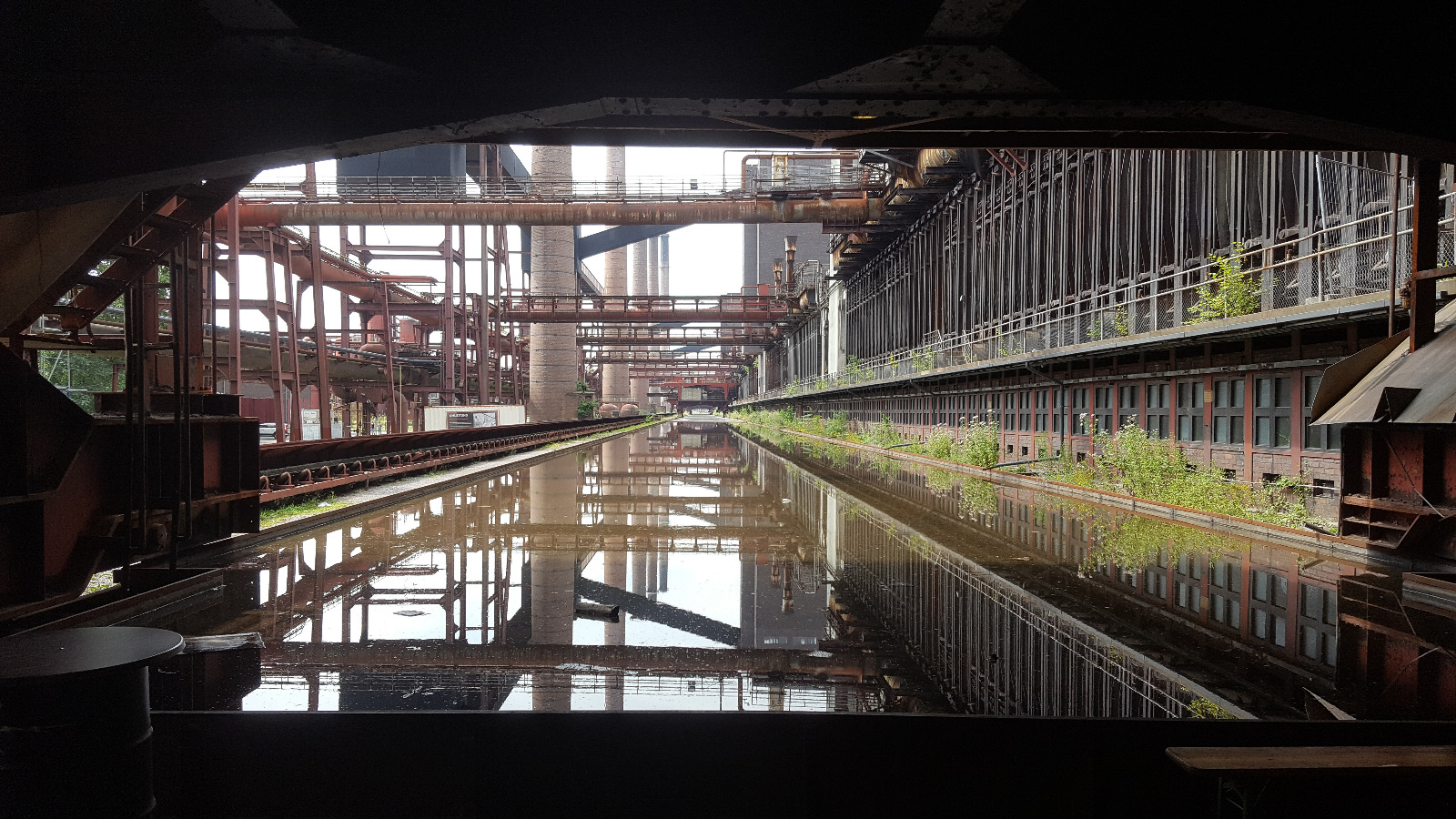
2. A city trip to Cologne
Are you tired of Nijmegen’s cosy city vibe? Then why not trade it for a day in one of Germany’s largest cities? In just two hours by car or three by train, you can visit the industrial-centre-turned-media hotspot Cologne – and meet some of Germany’s friendliest people. Whether you want to scroll through pop-up stores in the artsy district Ehrenfeld, take a cruise across the Rhine, or visit Germany’s most famous church, Cologne Cathedral, this city truly has it all. Including a chocolate museum. And if you’ve had enough of Cologne, some other German cities are only a short ride away by public transport: visit, for example, Düsseldorf, with its luxury shopping miles, the former West German capital of Bonn, or the grave of Charlemagne in Aachen. All within 28, 22, or 35 minutes respectively.
3. Phantasialand
Disneyland Paris who? Phantasialand in Germany has everything you could dream of that its French counterpart has as well – but minus the exorbitant prices. And it’s less than two hours by car away from Nijmegen (or three to four hours by public transport). While the Efteling is undoubtedly the favourite theme park of the Dutch, a trip across the border is definitely worthwhile: Phantasialand is regularly rated among the best theme parks in Europe.
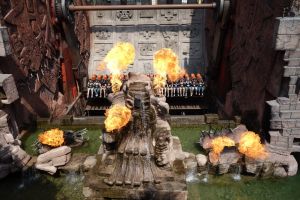
Whether you come for its immersive theme worlds, such as the Berlin of the early 20th century, a medieval village, or an African savanna, some of Europe’s best roller-coasters, or its show programme: one of Europe’s oldest theme parks will guarantee a good time for both young and old visitors. And if one day at Phantasialand isn’t enough, you can also stay at one of the park’s luxury hotels, including the four-star hotel Ling Bao, considered to be the largest Chinese building outside of China.
4. Catching a breath at Merlin’s
A wood-burning stove, a sleeping cat, and antlers on the wall. You won’t find a more homely place than Boscafé Merlijn in the area. Not to mention a more impressive beer and food menu.
Few pubs are as close to a border as Merlin. Before you even know you’re there, you’re already driving out of the village of Grafwegen, right on the edge of the Reichswald forest, between Breedeweg and Milsbeek. Grafwegen is also located right next to the northernmost tip of Limburg. At one time, the café was appropriately called Zum Deutsche Ecke.
For cyclists who have just climbed the Sint Jansberg or pedalled themselves ragged on the Kartenspielerweg, Merlin is a great place to rest in summer. And hikers who have spent the day roaming the woods will also find it an ideal place to catch their breath. Owned by Dutch landlords for decades, Merlin is a Dutch enclave in Germany where the beer and wine list is fully coloured by Schwarz-Rot-Gold.
5. Like a Roman in Xanten
What was the life of a Roman like? You’ll find the answer to that question in Xanten, where a Roman port city has been reconstructed in the Archäologischer Park. Colonia Ulpia Trajana was founded in the first century AD. For a long time, it was one of the largest Roman cities north of the Alps, until it was destroyed by the Franks in the late third century.
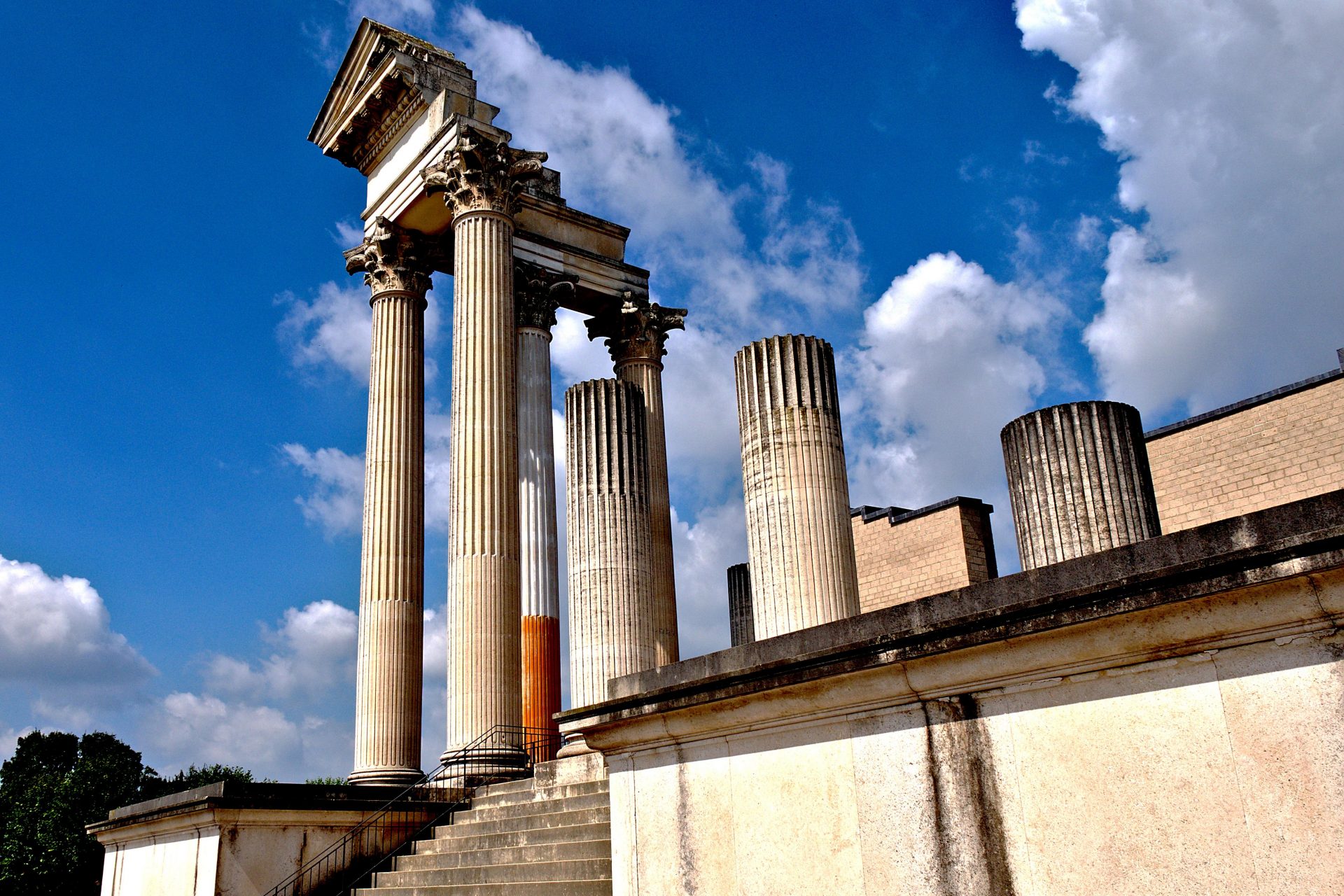
The open-air museum includes a Roman bakery, a winery, and a bathhouse. The buildings were reconstructed based on archaeological research that is still going on in the park. Highlights include the port temple, a defensive wall and, of course, the amphitheatre, in which real parades and fights between gladiators are still being staged.
One original feature is the inn, where Roman dishes appear on the menu. Finally, antiquity aficionados can indulge their passion in an extensive collection of Roman statues, jewellery, and tools.
6. Snow an hour and a half away
Winter sports enthusiasts have a hard time in the flat Netherlands. So what do you do then, if you want to go skiing for a day? Check out the world’s largest indoor skiing facility, of course! Which is located, as it happens, in Bottrop, just under an hour and a half’s drive from the city on the Waal. On the 640-metre-long track, you can imagine (if only for a moment) that you are on an Austrian slope. You can also book ski or snowboard lessons.
Not a fan of artificial snow? You can always seek refuge in the all-you-can-eat restaurant, where trays of chips, schnitzels, and Kartoffelsalat await you. But if you want to ski afterwards, we advise you to go easy on the large glasses of German beer. You wouldn’t be the first to be plucked off the slope with a broken bone by the rescue service.
